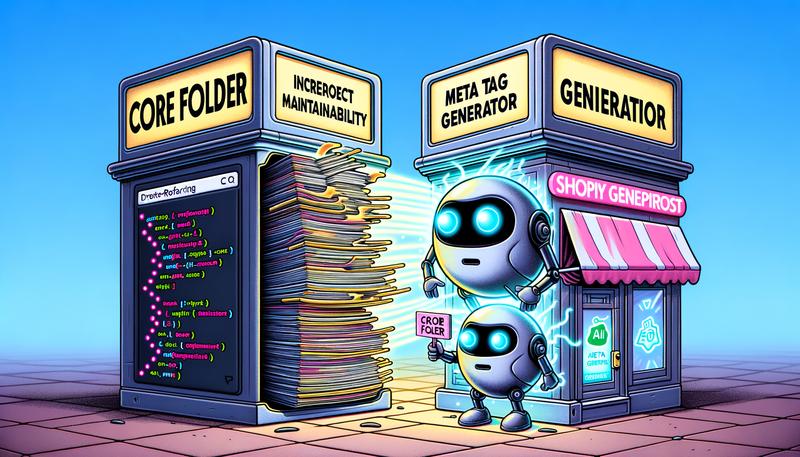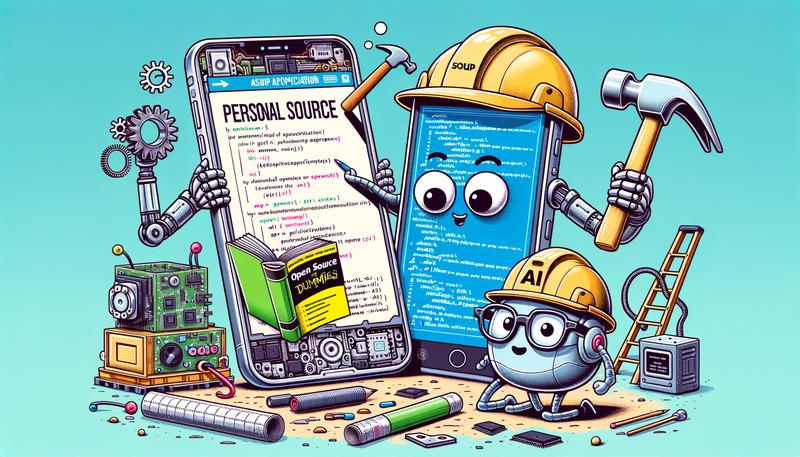In my latest blog post, I dive into the real reasons behind Jimmy Kimmel’s show going off the air. I’m debunking all those juicy rumors and shedding light on the factual truths. If you’re keen on understanding media narratives and want to separate fact from speculation, this is definitely worth a read!
- The real reasons why Kimmel’s show is off the air – Poynter: Uncover the truth behind Kimmel’s show hiatus, debunking rumors and providing factual insights into the reasons for its absence. Essential for understanding media narratives and discerning fact from speculation.





